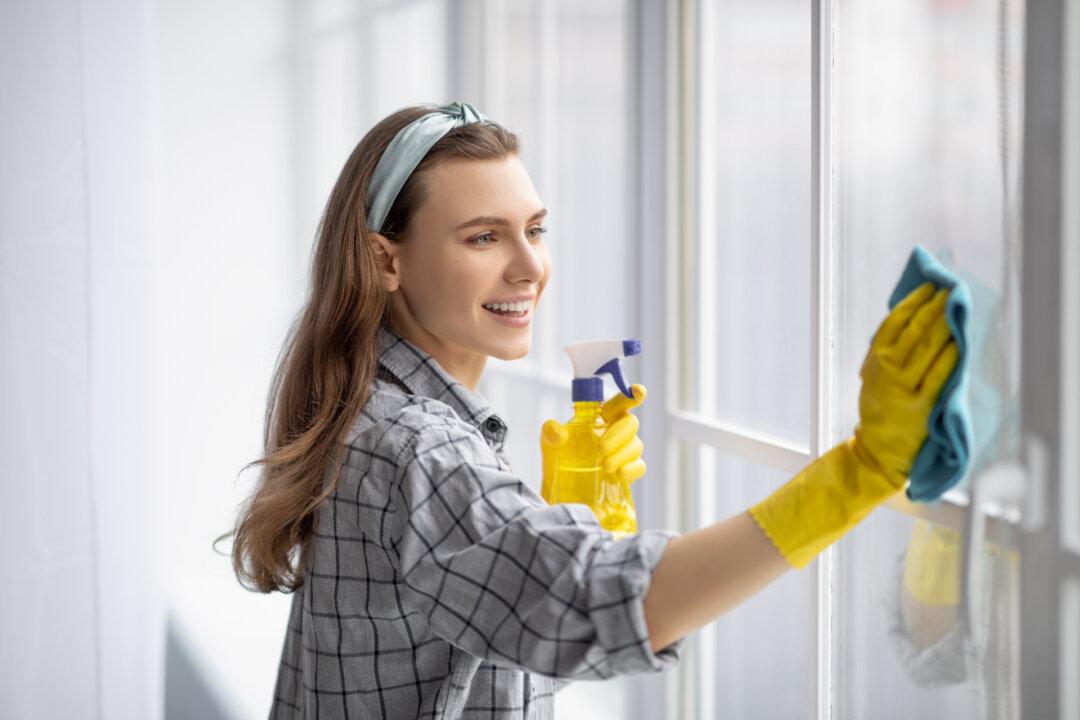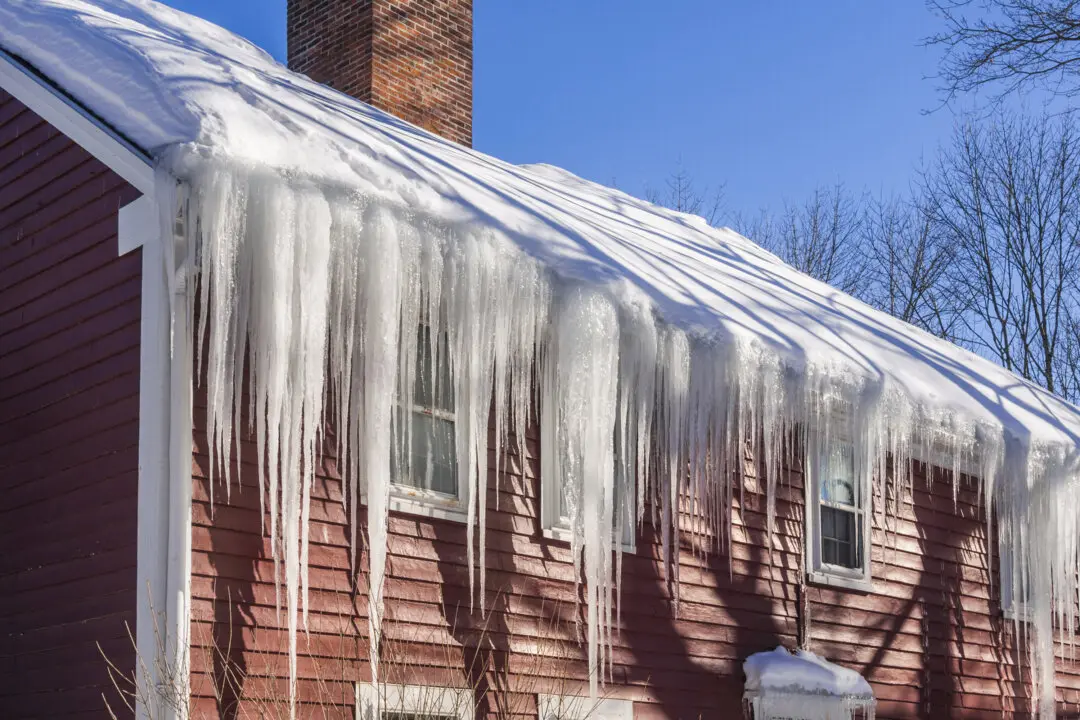Dear James: My new house has many windows and I have a problem cleaning them without leaving streaks, especially on the south-facing ones. How do professionals clean them?—Alex J.
Dear Alex: You probably had streak-free windows when you moved in. This is because the builder likely hired a professional window cleaner. They have both the proper cleaning tools and techniques to eliminate streaks as the windows dry. With the sun on southern window, streaks are more apparent.






